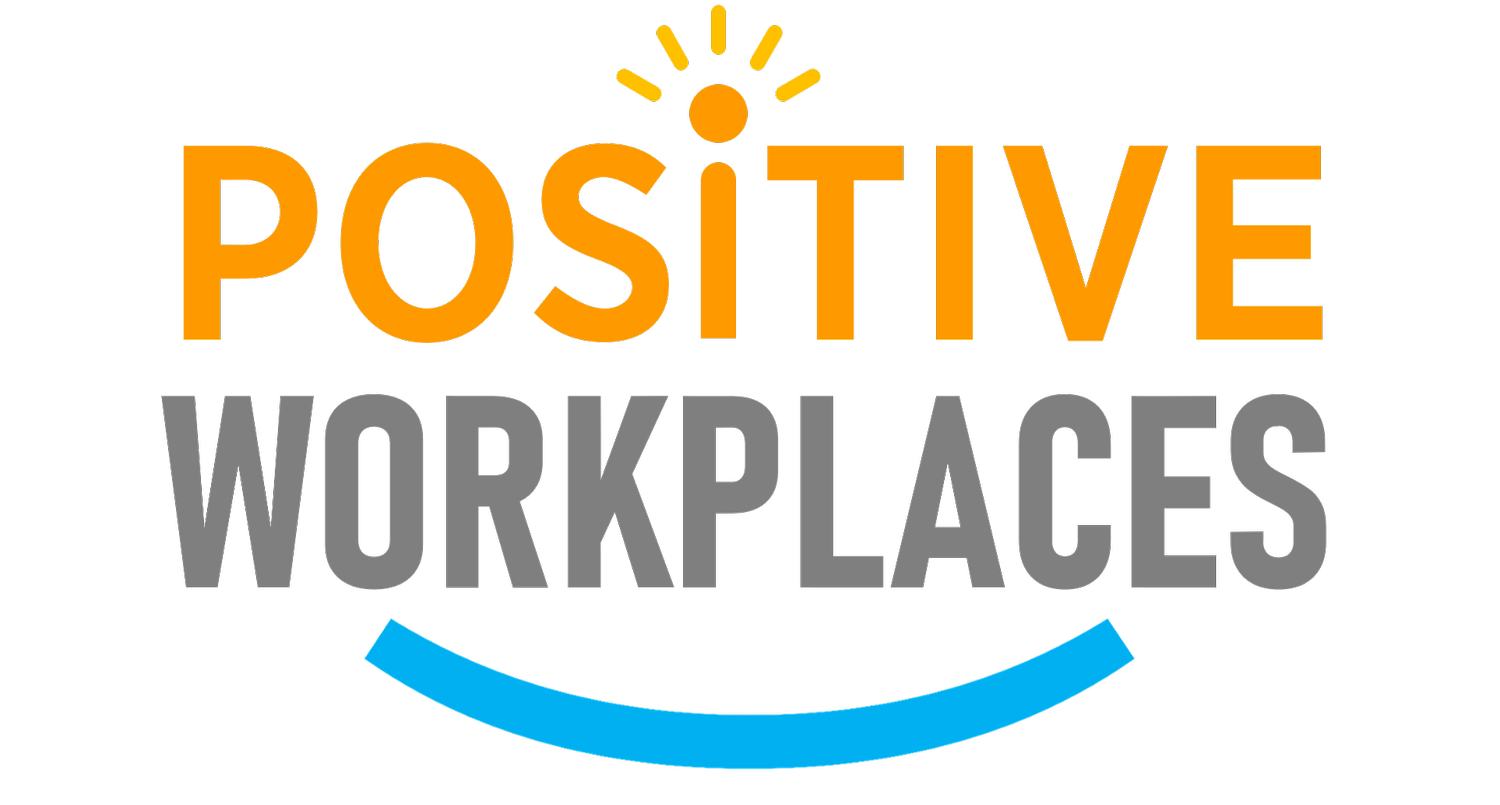Negative Emotions: Self-Evaluative Emotions at Work
Have you ever misplaced something only to find out it was in your pocket all along, laughing to yourself to shake off the silliness? Have you ever called out to a co-worker only to mistake them for someone else? Have you ever submitted a project late, failed to understand a task but still continued to perform it without help, or have gotten scolded and criticized for all your little mistakes?
We all have had these experiences, had these thoughts, and carried these feelings. On some days, they make us feel foolish. On other days, they make us feel reduced and pathetic. Sometimes they make us question our capabilities, and other times they make us wonder if we’re really good enough.
But what do we call these emotions? What are they for? If they’re important, why do they make us feel bad?
These emotions are examples of self-evaluative emotions.
What are Self-Evaluative Emotions For?
Self-evaluative emotions are self-conscious emotions that rely on our self-evaluations. Self-evaluations are how we assess ourselves with respect to internalized or imposed standards and norms (Lewis, 2000). These emotions also stem from our ability to make both good and bad judgments and evaluations of ourselves. They don’t just serve the purpose of making us ‘feel bad’ for improper or dissatisfactory behavior, but also act as a motivator to fuel our need for and sense of achievement to ultimately reach a better version of ourselves.
There are five main self-evaluative emotions we all feel: shame, guilt, embarrassment, pride, and hubris.
What should we do with these self-evaluative emotions?
Now we know more about these emotions that swarm us every now and then, the question remains: what do we do with them?
When we feel them for ourselves, the best thing we can do is to listen. These emotions, like discussed, have functions. We feel them for certain reasons, and it’s all about finding out what these reasons may be. When others feel them and we begin to take notice, the best thing we can do to help them is to be sensitive and understand where they’re coming from. Who knows--they may not know how to deal with it themselves either.
References:
Ausubel, D. P. (1955). Relationships between shame and guilt in the socializing process. Psychological Review, 62(5), 378. doi:10.1037/h0042534.
Berndsen, M., van der Pligt, J., Doosje, B., & Manstead, A. (2004). Guilt and regret: The deter- mining role of interpersonal and intrapersonal harm. Cognition and Emotion, 18(1), 55–70. doi:10.1080/02699930244000435.
Buss, A. H. (1980). Self-consciousness and social anxiety. San Francisco, CA: W. H. Freeman.
de Rivera, J. (1977). A structural theory of emotions. New York: International Universities Press. DeSteno, D., Bartlett, M. Y., Braverman, J., & Salovey, P. (2002). Sex differences in jealousy: Evolution- ary mechanism or artifact of measurement? Journal of Personality and Social Psychology, 83(5), 1103. doi:10.1037/0022–3514.83.5.1103.
Frijda, N. H., Kuipers, P., & Ter Schure, E. (1989). Relations among emotion, appraisal, and emotional action readiness. Journal of Personality and Social Psychology, 57(2), 212. doi:10.1037/0022–3514.57.2.212.
Herrald, M. M., & Tomaka, J. (2002). Patterns of emotion-specific appraisal, coping, and cardiovascular reactivity during an ongoing emotional episode. Journal of Personality and Social Psychology, 83(2), 434. doi:10.1037/0022–3514.83.2.434.
Kemeny, M. E., Gruenewald, T. L., & Dickerson, S. S. (2004). Shame as the emotional response to threat to the social self: Implications for behavior, physiology, and health. Psychological Inquiry, 15(2), 153–160.
Lasquety-Reyes, J. (2016). In Defense of Hiya as a Filipino Virtue. Asian Philosophy, 26(1), 66–78. doi:10.1080/09552367.2015.1136203
Lewis, H. B. (1971). Shame and guilt in neurosis. New York: Int. Univ. Press.
Lewis, M. (2000a). The emergence of human emotions. In M. Lewis & J. M. Haviland-Jones (Eds.), Handbook of Emotions (2nd ed., pp. 265–280). New York: Guilford Press.
Lindsay-Hartz, J. (1984). Contrasting experiences of shame and guilt. American Behavioral Scientist, 27, 689–704. doi:10.1177/000276484027006003.
Pe-Pua, R., & Protacio-Marcelino, E. (2000). Sikolohiyang Pilipino (Filipino psychology): A legacy of Virgilio G. Enriquez. Asian Journal of Social Psychology, 3(1), 49–71. https://doi.org/10.1111/1467-839X.00054
Plutchik, R. (1980). Emotion: A psychoevolutionary synthesis. New York, NY: Harper & Row.
Rhodewalt, F., Madrian, J. C., & Cheney, S. (1998). Narcissism, self-knowledge organization, and emotional reactivity: The effect of daily experiences on self-esteem and affect. Personality and Social Psychology Bulletin, 24(1), 75–87. doi:10.1177/0146167298241006.
Tangney, J. P. (1990). Assessing individual differences in proneness to shame and guilt: Development of the self-conscious affect and attribution inventory. Journal of Personality and Social Psychology, 59(1), 102. doi:10.1037/0022–3514.59.1.102.
Tangney, J. P. (1999). The self-conscious emotions: Shame, guilt, embarrassment and pride. In T. Dagleish & M. Power (Eds.), Handbook of cognition and emotion (pp. 541–568). Chichester, UK: Wiley. doi:10.1002/0470013494.ch26.
Tangney, J. P., & Tracy, J. (2012). Self-conscious emotions. In M. Leary & J. P. Tangney (Eds.) Handbook of self and identity (2nd ed., pp. 446–478). New York: Guilford Press. doi:10.1177/0146167206290212.
Taylor, G. (1985). Pride, shame, and guilt: Emotions of self-assessment. Oxford: Clarendon Press.
Tracy, J. L., Weidman, A. C., Cheng, J. T., & Martens, J. P. (2014). Pride: The fundamental emotion of success, power, and status. In M. Tugade, L. Shiota & L. Kriby (Eds.), Handbook of positive emotions (pp. 294–310). New York: Guildford.
Verbeke, W., Belschak, F., & Bagozzi, R. P. (2004). The adaptive consequences of pride in personal selling. Journal of the Academy of Marketing Science, 32(4), 386–402. doi:10.1177/0092070304267105.
Wicker, F. W., Payne, G. C., & Morgan, R. D. (1983). Participant descriptions of guilt and shame. Motivation and Emotion, 7(1), 25–39. doi:10.1007/bf00992963.
Yacat, J. (2013). Filipino Psychology (Sikolohiyang Pilipino). The Encyclopedia of Cross-Cultural Psychology, 551–556. doi:10.1002/9781118339893.wbeccp224
















